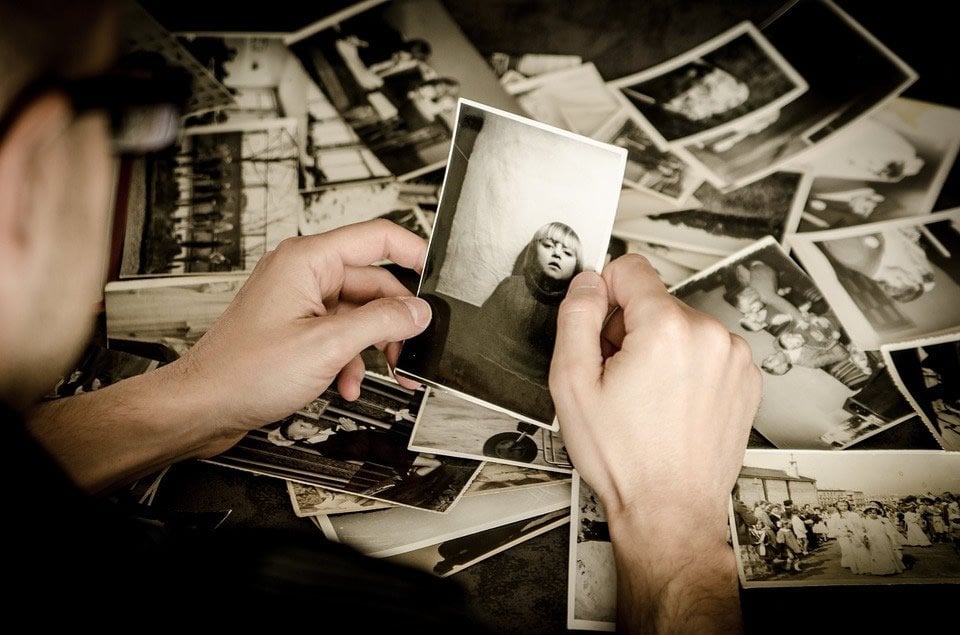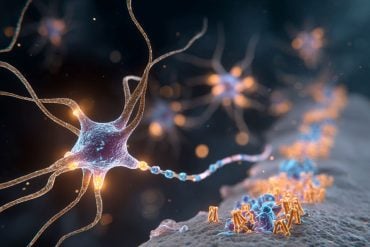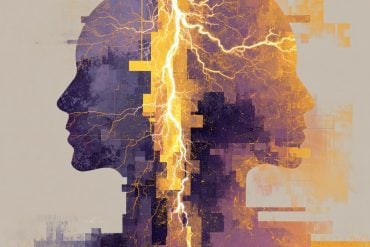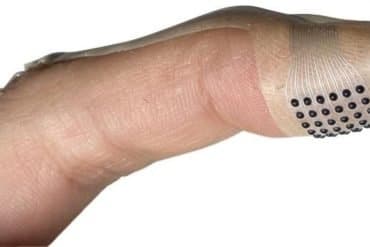Summary: When it comes to correctly recalling memories, the emotion of the event may impact exactly what we remember, researchers say. A new study adds to the growing body of evidence that emotionally charged situations may make your memory of the event less than reliable.
Source: Ithaca College.
The attack on Pearl Harbor. The assassination of John F. Kennedy. The Challenger disaster.
People often say that they remember exactly where they were and what they were doing when traumatic events like these occurred, reflecting a long-held belief that emotion enhances memory. There’s even a name for it — flashbulb memory, because the memory is so accurate it’s like a photograph.
But new research from Brandy Bessette-Symons, an assistant professor in the Ithaca College Department of Psychology, bolsters a growing consensus that emotion might actually do more harm than good.
In a new article in the journal Memory, entitled “The Robustness of False Memory for Emotional Pictures,” Bessette-Symons shows that while under certain circumstances emotion can improve memory, it also makes it less reliable.
“Emotion doesn’t necessarily make us better at remembering,” says Bessette-Symons. “It sometimes makes us worse.”
Her conclusions are drawn from a series of nine experiments conducted over the course of several years, in which student volunteers were shown a series of pictures meant to evoke positive or negative emotions, or none at all. They were then shown those pictures, plus some that weren’t in the original group, and asked to recognize which they had previously seen. This was done after two delay intervals — either 10 minutes or a week — to assess differences in short and long-term memory.
In the long term, participants were more likely to correctly identify the original negative emotion-inducing pictures than the neutral ones, while in the short term they were not. But in both, participants were more likely to falsely identify new negative pictures as originals.
“False memory is the most robust effect of emotion,” Bessette-Symons says.
These results have important practical implications for things like the reliability of eyewitness testimony and police lineups.
“If you give an assault victim a ‘null lineup,’ meaning the perpetrator is not in the lineup, they would, because of the emotionality of the crime, be more likely to falsely identify someone,” said Bessette-Symons.
Psychologists have demonstrated the unreliability of memories associated with emotions before, but Bessette-Symons is the first to explore how the effect of relatedness between pictures might influence emotional memory differences. For example, if someone is shown photos of a lion, a cheetah and a panther — all big cats — they’re more likely to falsely remember seeing a photo of a tiger if later asked. It is then possible that the relationship between the pictures, not their emotional content, is responsible for the false memories. But Bessette-Symons discovered that this is not the case.
“What I found is that the emotional pictures were more related to each other, but that alone couldn’t explain all the results that I reported,” says Bessette-Symons.
People Problem?
An interesting wrinkle that Bessette-Symons found in a subsequent analysis has led her to a new line of inquiry. In her experiments, false memories were only elicited by pictures of people, not pictures of objects.
Bessette-Symons speculates this could be a result of people empathizing with pictures of people in a way they cannot with objects. “It could be that this bias component to emotion may only extend to social things, and the reason it only extends to social pictures is because it may be driven by an empathetic component of emotion,” she said.
The original experiments used more photos of people than objects, so Bessette-Symons is now designing experiments that include an equal number of each in order to discern whether false memories are only prompted by pictures of people.
She says that some psychology labs tend not to find a false memory effect tied to emotion, which could be because they tend to use pictures of objects, not people.
A Group Effort
While Bessette-Symons is the sole author of the Memory article, she is quick to point out that she received help from a team of student researchers. In the Ithaca College psychology department, all psychology majors are required to work on a research team for three semesters.

“It’s really great,” she said. “They get really closely involved in the research.”
The students on Bessette-Symons team contribute to all aspects of her research projects, including helping to design the experiments, recruiting participants and performing data collection and analysis. Throughout the years required to complete the data collection for the nine experiments represented in the Memory article, many of her students presented on one or more of the experiments as posters and oral presentations at both undergraduate and professional conferences.
Adam Chafee, who graduated with a psychology degree in May 2017, was on Bessette-Symons’s research team for three semesters, and still helps out today. In spring 2017, he helped present the research at the annual convention of the Eastern Psychological Association in Boston, Massachusetts.
Chafee says his experience with Bessette-Symons has proven invaluable. “In terms of getting into the research field, it’s important to get as much experience as possible and IC definitely gives you the opportunity to do that,” he said.
Source: Dan Verderosa – Ithaca College
Publisher: Organized by NeuroscienceNews.com.
Image Source: NeuroscienceNews.com image is in the public domain.
Original Research: Abstract for “The robustness of false memory for emotional pictures” by Brandy A. Bessette-Symons in Memory. Published online December 2017 doi:10.1080/09658211.2017.1339091
[cbtabs][cbtab title=”MLA”]Ithaca College “Emotion Makes Memory Unreliable.” NeuroscienceNews. NeuroscienceNews, 9 December 2017.
<https://neurosciencenews.com/emotion-memory-8148/>.[/cbtab][cbtab title=”APA”]Ithaca College (2017, December 9). Emotion Makes Memory Unreliable. NeuroscienceNews. Retrieved December 9, 2017 from https://neurosciencenews.com/emotion-memory-8148/[/cbtab][cbtab title=”Chicago”]Ithaca College “Emotion Makes Memory Unreliable.” https://neurosciencenews.com/emotion-memory-8148/ (accessed December 9, 2017).[/cbtab][/cbtabs]
Abstract
The robustness of false memory for emotional pictures
Emotional material is commonly reported to be more accurately recognised; however, there is substantial evidence of increased false alarm rates (FAR) for emotional material and several reports of stronger influences on response bias than accuracy. This pattern is more frequently reported for words than pictures. Research on the mechanisms underlying bias differences has mostly focused on word lists under short retention intervals. This article presents four series of experiments examining recognition memory for emotional pictures while varying arousal and the control over the content of the pictures at two retention intervals, and one study measuring the relatedness of the series picture sets. Under the shorter retention interval, emotion increased false alarms and reduced accuracy. Under the longer retention interval emotion increased hit rates and FAR, resulting in reduced accuracy and/or bias. At both retention intervals, the pattern of valence effects differed based on the arousal associated with the picture sets. Emotional pictures were found to be more related than neutral pictures in each set; however, the influence of relatedness alone does not provide an adequate explanation for all emotional differences. The results demonstrate substantial emotional differences in picture recognition that vary based on valence, arousal and retention interval.
“The robustness of false memory for emotional pictures” by Brandy A. Bessette-Symons in Memory. Published online December 2017 doi:10.1080/09658211.2017.1339091






